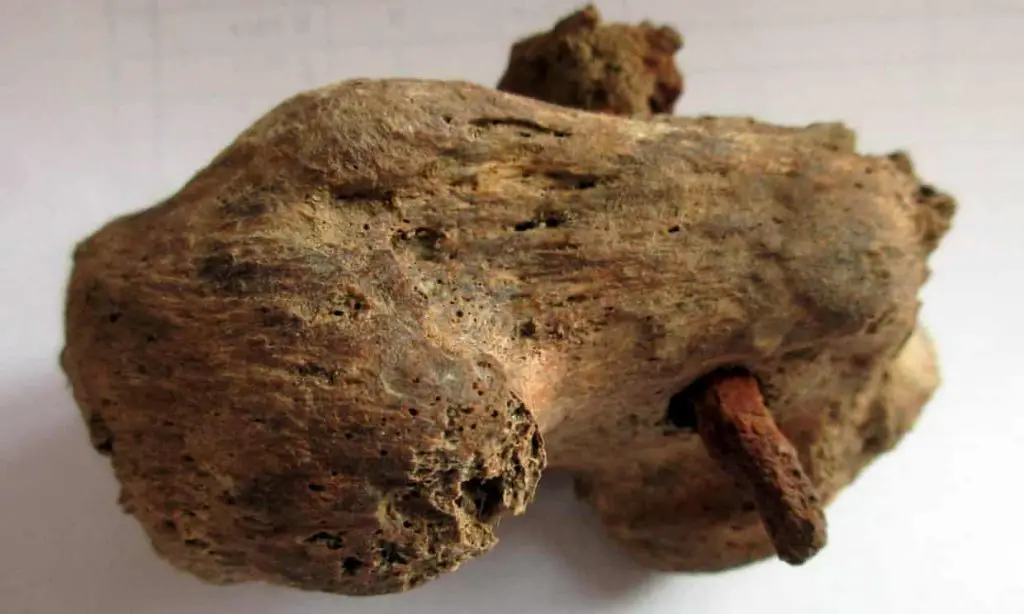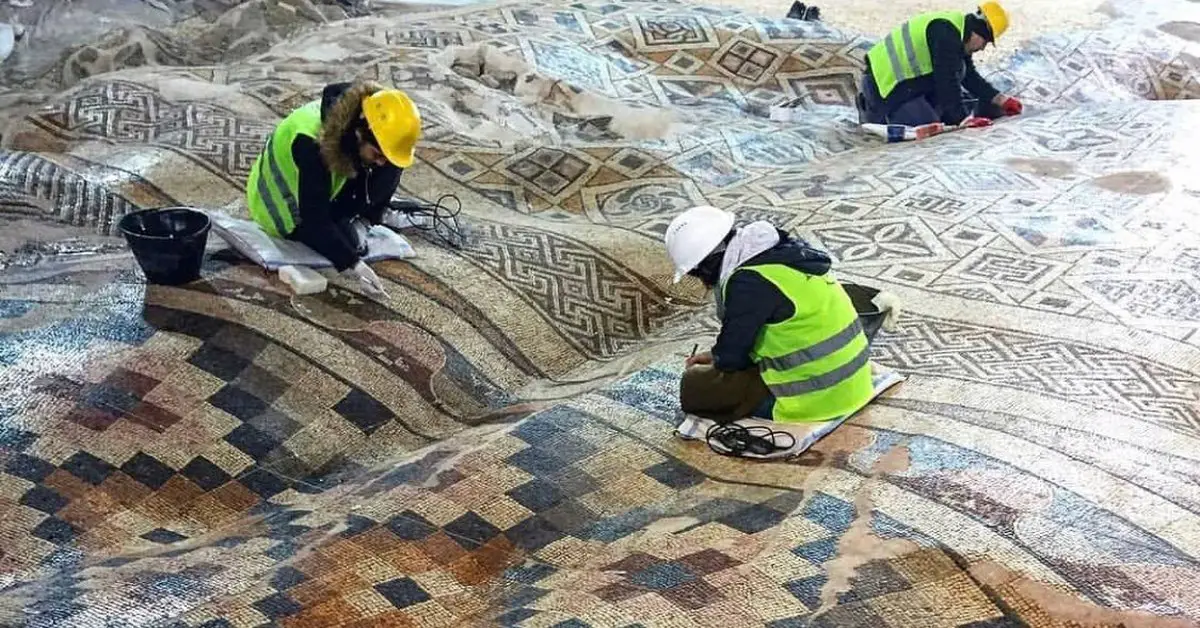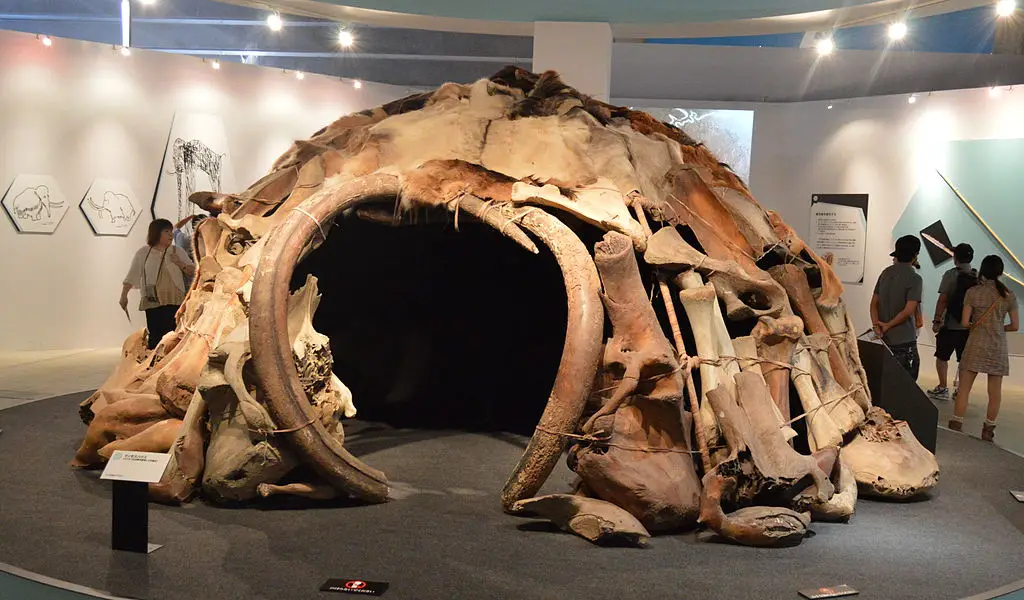Trail Trees, also known as Crooked Trees, are uniquely formed trees intentionally shaped by early Native Americans to serve as directional markers in the wilderness.
Across North America, numerous examples of these natural signposts still stand, attracting groups of enthusiasts who are passionate about locating and studying them. Characteristically, these trees exhibit a distinctive bend a few feet above the ground, before resuming their vertical growth.
Contents
- Significance of Trail Trees
- How Trail Trees Were Crafted
- Exploration
- Notable Marker Trees
- Significant Research
- A Trail Tree of Historic Significance
- Native American Heritage
Significance of Trail Trees
It is believed that Native Americans manipulated the growth of these trees to signal various points of interest, ranging from sources of fresh water and encampments to favorable river crossing points and accessible landscapes.
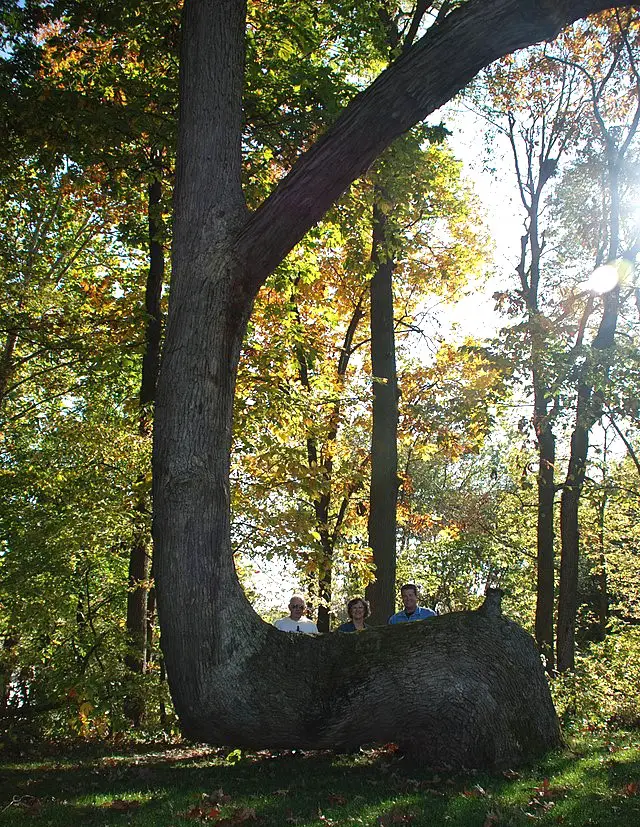
These markers might also have directed travellers to fertile hunting and gathering areas. The original creators of trail trees often selected trees situated on high ground, so that they could be seen from a distance and as well, if the ground was covered with snow.
How Trail Trees Were Crafted
Trail markers were crafted by manipulating young hardwood trees, such as oak, elm, or maple, bending them and anchoring their tops to the ground using straps and stakes. This bend indicated the direction one should travel.
As the tree was held in this position, it would continue to grow, with new branches emerging from the upper part of the bend and extending vertically. Once the trunk’s bend had sufficiently matured and maintained its shape, the remaining top portion that had not grown upward would be removed, leaving a distinctive knob at the end.
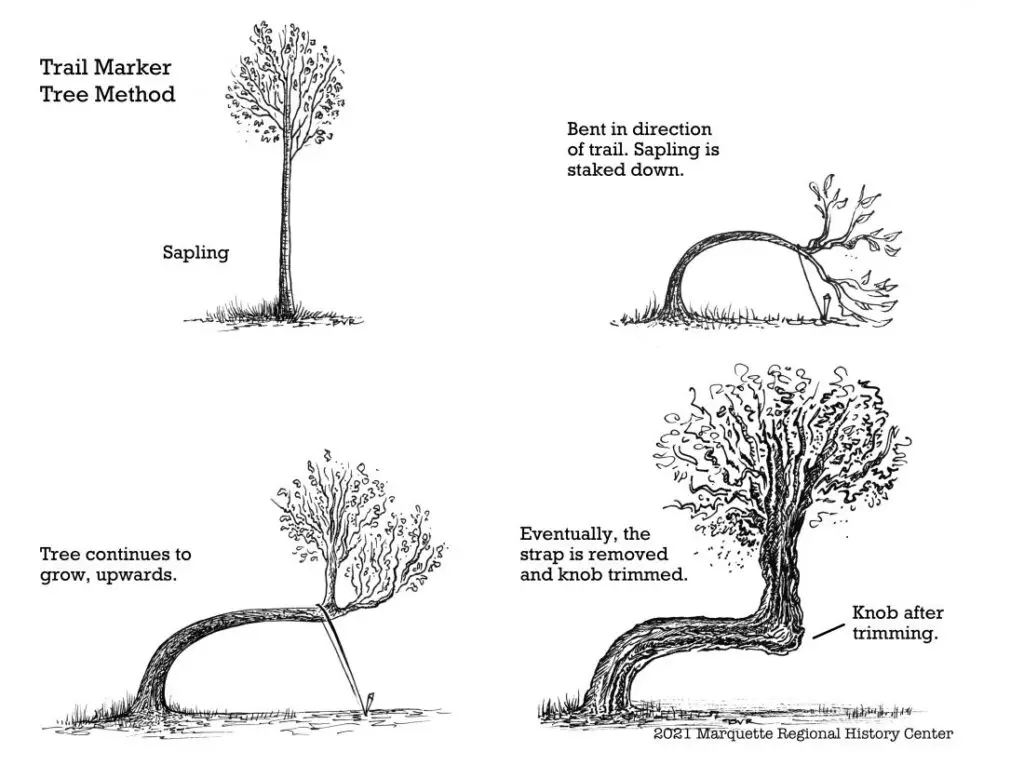
However, not every peculiarly shaped tree is a trail marker; various factors such as lightning or accidental damage during the tree’s sapling stage can result in unusual growth patterns. Despite the strong conviction of many enthusiasts in the intentional creation of trail trees, the topic remains contentious among experts, with some doubting their deliberate formation. Regardless of their origins, these distinctive trees continue to serve as navigational aids for hunters and hikers alike.
Exploration
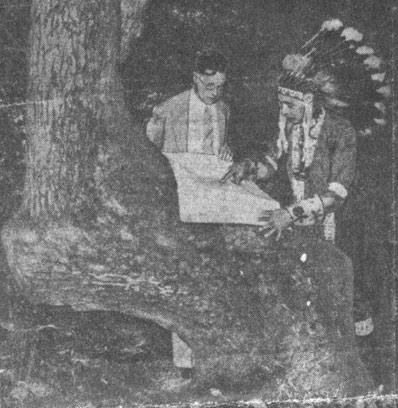
During his 1941 exploration, paleobotanist Raymond Janssen documented his findings on trail trees. He observed numerous crooked trees, yet identified only a select few as authentic trail markers, as highlighted by his observations:
“Someone who casually looks for these trail markers tends to have difficulty finding authentic trail markers. Deformed trees can develop in a lot of ways. For example, a bigger tree may fall onto a smaller tree and pin it down for a long period. After this occurs, the smaller tree will have been permanently bent. Another example of tree deformities occurs with lightning strikes. A trunk can become split which creates a leaning tree that “resembles” a true trail marker. Even wind, snow or wildlife can create what seem like Indian markers throughout the trees. So how in the world can you tell what’s authentic and what just looks like a crazy looking tree?”
He advises identifying tell-tale scars that show the tree has been abnormally bent to be a good way to spot a real trail tree.
Notable Marker Trees
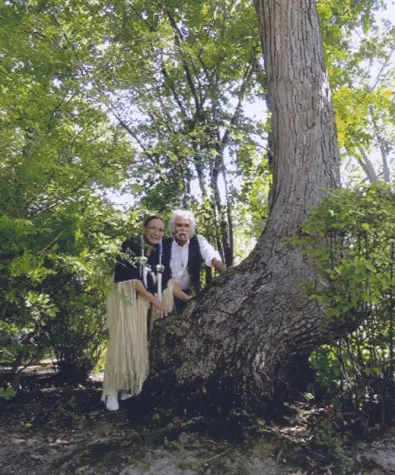
Since the early 19th century, specialists around the Great Lakes region have been meticulously studying, analysing, and documenting these unique markers left by Native Americans, with records of such trees spanning across North America. Notably, a trail tree located on the edge of Mettawa, Illinois, stood out as part of a sequence of eleven oak trees that directed indigenous people from Highland Park to Lake Geneva, Wisconsin.
Read more: The “Shadow Catcher” Master of Native American Photography
This particular tree, recognized for its historical significance and visits by Native American elders, was officially documented by Dr. Janssen in 1934. Known locally as the white oak trail marker tree, it served as a beacon along a lesser-known yet vital route. This path extended from Highland Park through West Lake Forest, leading to the Chain of Lakes and Antioch, and eventually guiding travellers to the majestic Lake Geneva in Wisconsin.
Native American Heritage
Another notable marker tree is found in Monterey, Tennessee, a location originally referred to as Standing Stone by Native Americans.
Currently situated on private land, this tree is one of two known marker trees in the vicinity. Presently, ceremonies are conducted to honour and celebrate the rich Native American heritage upon which Monterey was founded.
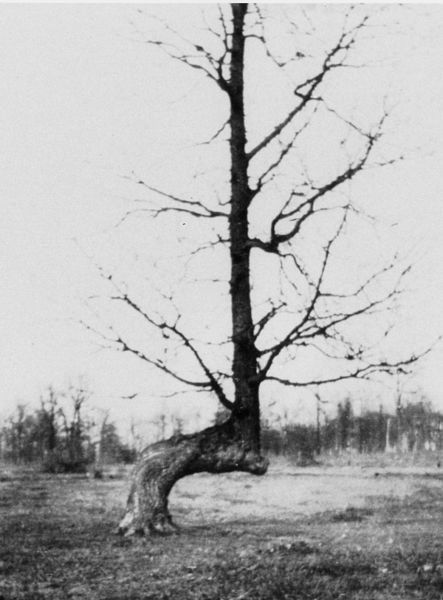
In Gilmer County, Georgia, there’s a classic oak trail tree that was utilized by Native Americans navigating through the Appalachian Mountains and its adjoining paths.
Meanwhile, in Traverse City, Michigan, a renowned trail tree known as the White Oak stands as a testament to the area’s history. The people of Traverse City have long safeguarded this tree, holding ceremonies in its honor and even erecting a fence to protect this indigenous cultural site. Notably, Traverse City Park is home to two such trail trees.
White County, Indiana, is home to two remarkable oak trail trees shaped by Native Americans, both located on private lands, with one estimated to be over three centuries old. In a notable effort to preserve Indiana’s Native American history, these trees receive careful attention from the landowners and consistent support from the community.
Significant Research
Significant research into these trees coincided with the region’s 175th celebration, revealing that such trail trees are now rare in Indiana, as noted by The Indiana Historian. These trees are cherished as precious relics of bygone days. Buffalo Heart, a local Native American, holds a deep connection with these trees, particularly one known as ‘Grandfather’. She shares tales of the numerous trail trees that dotted Indiana in her youth, highlighting their enduring legacy.
In Michigan, a modern example of a trail tree exists, shaped in 1930 by two Ojibwa individuals following the request of a park designer. The goal was to forge a new path using time-honored methods, offering an alternative to conventional cement trails. This path is uniquely demarcated in the traditional manner, blending contemporary intentions with ancient practices.
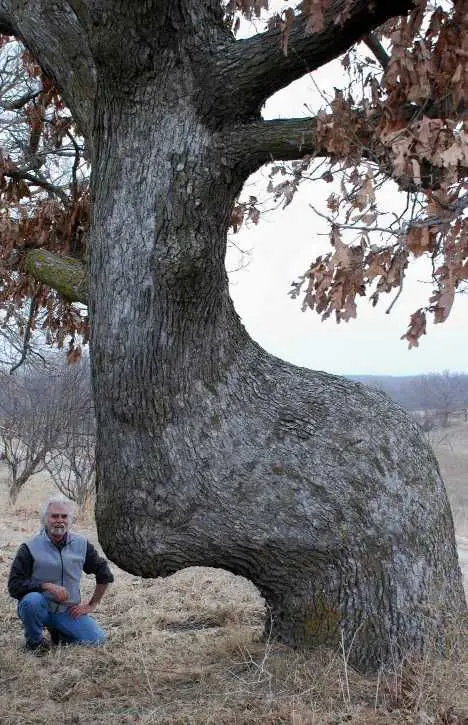
A Trail Tree of Historic Significance
In Dallas, Texas, a pecan tree that once marked a Comanche campsite still stands in Gateway Park, a reminder of the area’s rich history teeming with buffalo, turkey, pecans, plums, and deer. This spot, once lush with grazing grounds for horses, now hosts the trail tree, recognized for its historical significance.
In 1997, this tree was officially designated as an “Indian Marker Tree” by the Chairman of the Comanche Indian Tribe through a Comanche Proclamation, under the Constitution of the Comanche Indian Tribe.
This marked the first instance of the Comanche tribe bestowing official recognition on a tree, a practice they have continued in hopes of encouraging tribal members across Texas to gather at this ancient marker for prayer and ceremony.
However, in a twist of fate, a severe storm in May 1998, just a year after its proclamation, damaged the tree severely by blowing its top off. Despite efforts by arborist Steve Houser to save it, the tree could not be fully restored.
This article doesn’t cover all the trail trees that remain across North America. Should you come across a tree during your outdoor adventures that you suspect might be a genuine trail marker, capture a photo and conduct a search online. You could potentially be in the presence of a living testament to the legacy of Native American ancestors.
